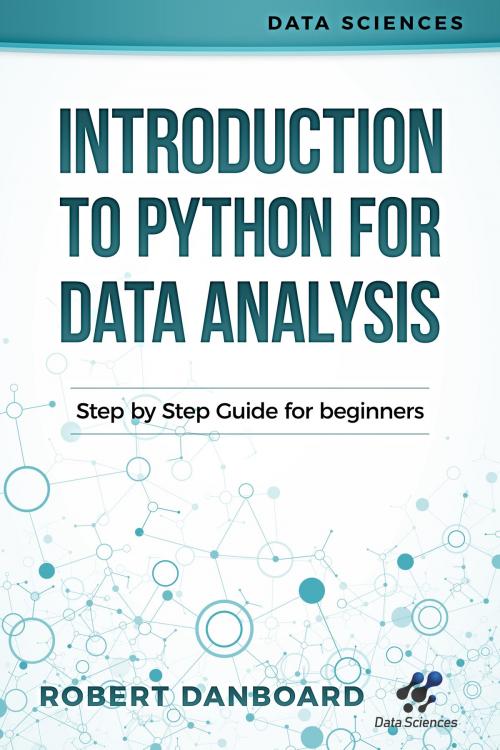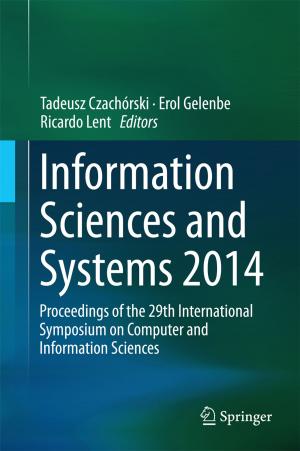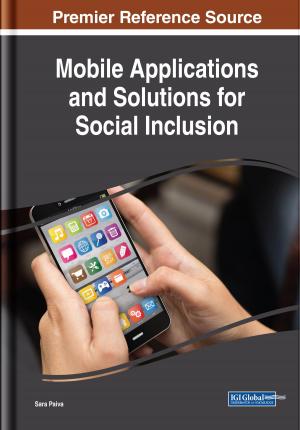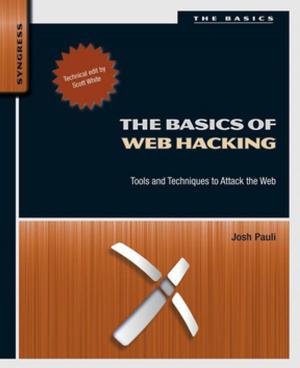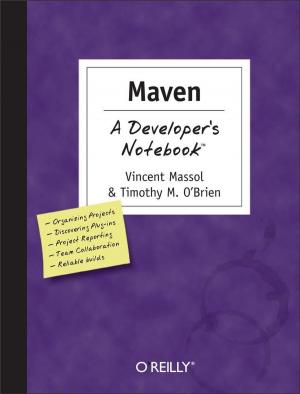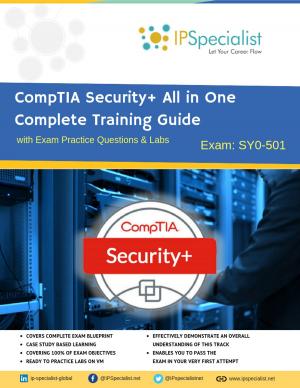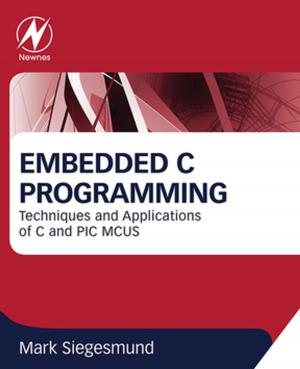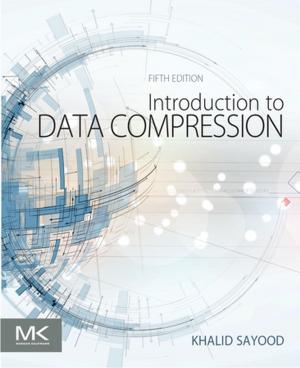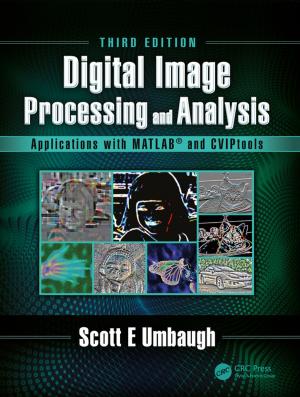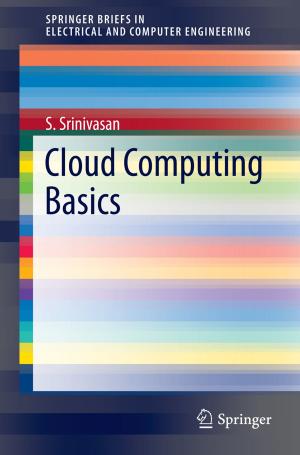Introduction To Python For Data Analysis
Step By Step Guide For Beginners
Nonfiction, Computers, Advanced Computing, Programming, Data Modeling & Design, Artificial Intelligence, Computer Science| Author: | Robert Damborad | ISBN: | 9781642040067 |
| Publisher: | Data Sciences | Publication: | June 3, 2018 |
| Imprint: | Language: | English |
| Author: | Robert Damborad |
| ISBN: | 9781642040067 |
| Publisher: | Data Sciences |
| Publication: | June 3, 2018 |
| Imprint: | |
| Language: | English |
The overall aim of this book is to give you a beginner overview in Python.
Who Should Read This?
Python and programming can be intimidating especially those with zero background. Good news is you can still learn it with the proper approach and constant practice (this is really important).
No matter where you’re coming from (major in math, physics or just a curious being), you can start to learning programming if you continue reading this book. You don’t actually need a strong mathematical background or a very powerful computer. What you really need is just a dedicated time to work on this material and practice on the exercises.
Programming is just like any other skill wherein you can learn it through constant practice (ideally every day). Most concepts might not make sense at first. But I promise you, if you continuously practice you’ll eventually get the “feel” of programming. Somewhere along the way something will suddenly click that would make everything clear.
The overall aim of this book is to give you a beginner overview in Python.
Who Should Read This?
Python and programming can be intimidating especially those with zero background. Good news is you can still learn it with the proper approach and constant practice (this is really important).
No matter where you’re coming from (major in math, physics or just a curious being), you can start to learning programming if you continue reading this book. You don’t actually need a strong mathematical background or a very powerful computer. What you really need is just a dedicated time to work on this material and practice on the exercises.
Programming is just like any other skill wherein you can learn it through constant practice (ideally every day). Most concepts might not make sense at first. But I promise you, if you continuously practice you’ll eventually get the “feel” of programming. Somewhere along the way something will suddenly click that would make everything clear.
